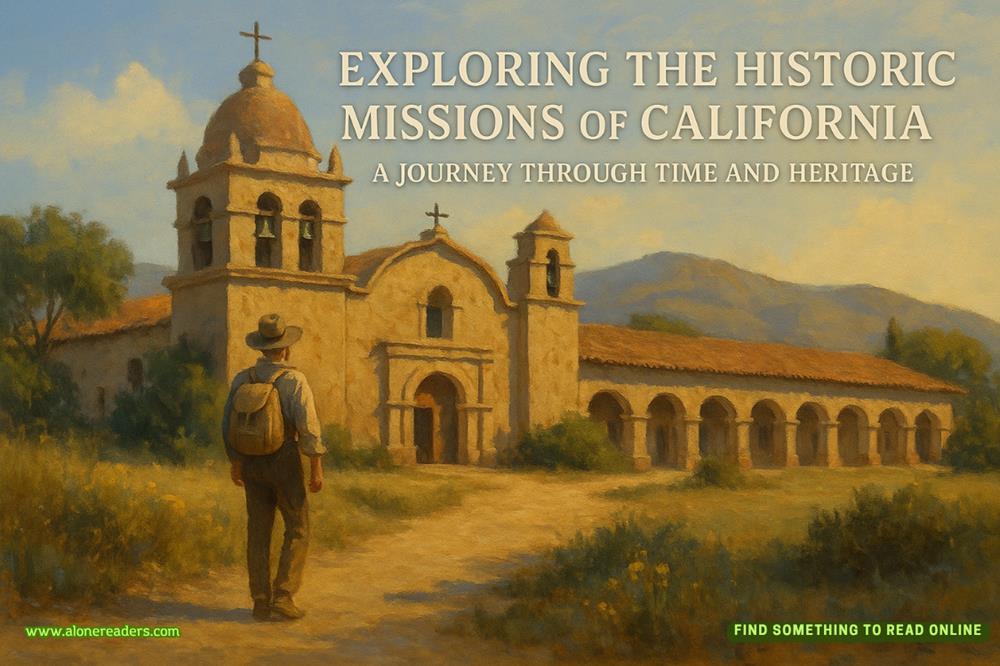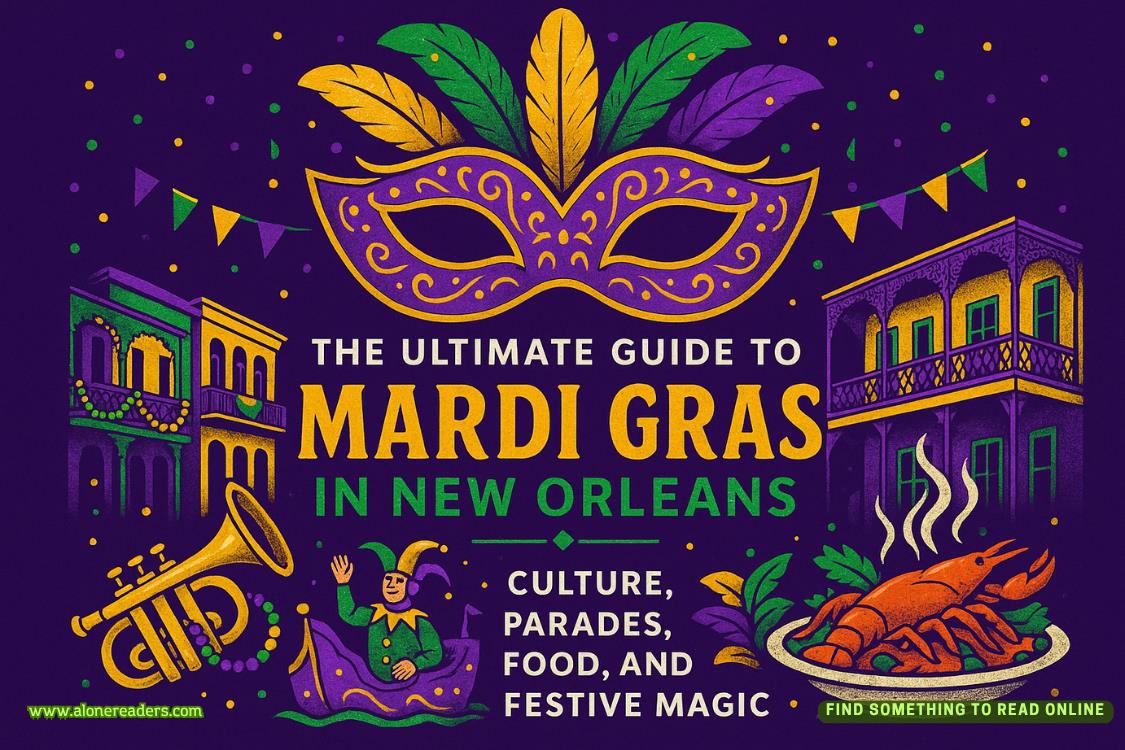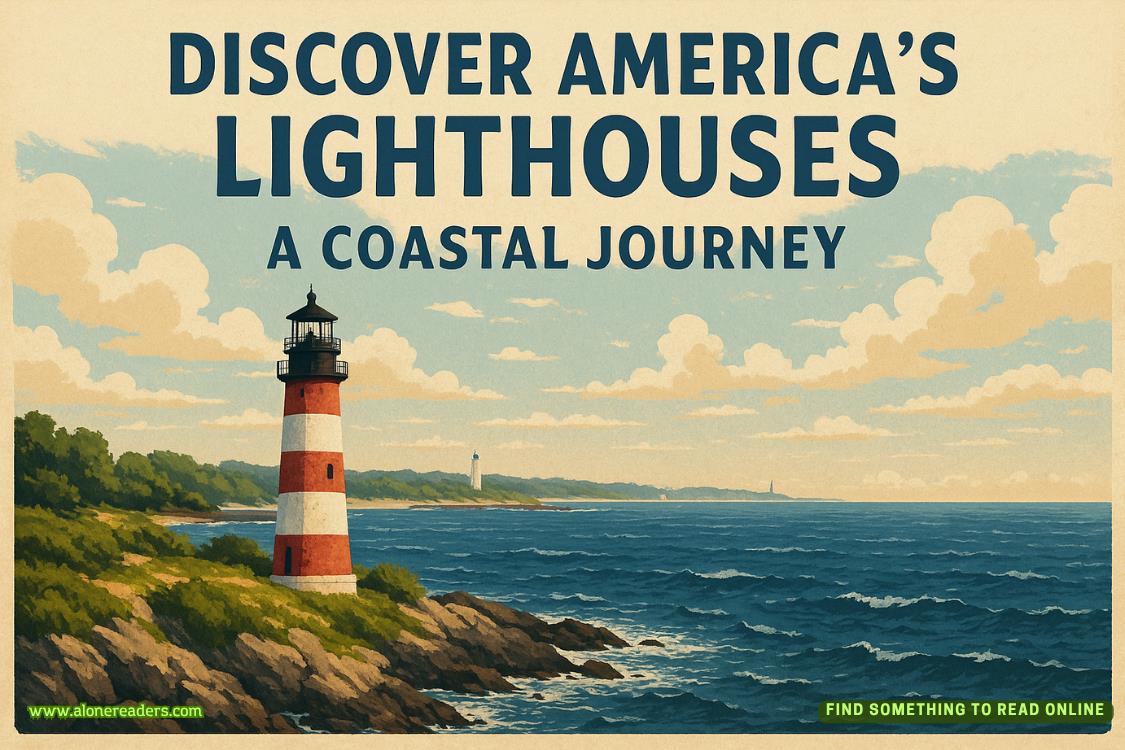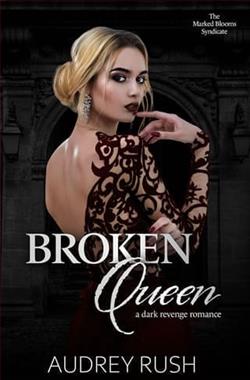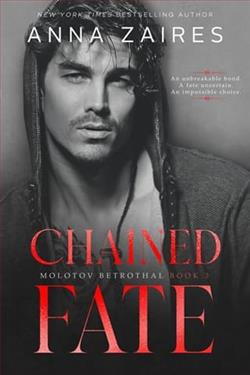Page 129 of A Column of Fire
Ned said: ‘We hear there were Protestant riots at Easter.’
Throckmorton nodded. ‘In Angers, Le Mans, Beauvais and Pontoise.’ Ned was impressed by his mastery of detail. ‘As you’re aware, superstitious Catholics like to hold parades in which sacred objects are carried through the streets. We enlightened Protestants know that to venerate images and relics constitutes the sin of idolatry, and some of our more passionate brethren attacked the processions.’
Violent Protestants angered Ned. ‘Why can’t they be content merely to do without idols in their own places of worship? They should leave God to judge those who disagree with them.’
‘Perhaps,’ said Throckmorton. He was a more extreme Protestant than Ned – as were many of Elizabeth’s key men, including Cecil, though Elizabeth herself was moderate.
‘But Caterina seems to have kept the lid on it,’ Ned said.
‘Yes. She is reluctant to meet violence with violence. She always tries to avoid escalation. After Easter, people calmed down.’
‘Sensible woman.’
‘Perhaps,’ Throckmorton said again.
As Ned was leaving, Throckmorton said: ‘In Reims, watch out for Pierre Aumande de Guise, a chap a couple of years older than you who does the dirty work for the family.’
‘Why should I watch out?’
‘He’s utterly poisonous.’
‘Thank you for the warning.’
Ned and James travelled to Reims by a river boat that took them up the Seine and then the Marne: a slow way to travel, but more comfortable than spending three or four days in the saddle. However, another disappointment awaited them in the great Champagne city: Mary Stuart had left, and was on her way to visit her cousin Charles, duke of Lorraine.
Following her trail, on horseback now, Ned talked to everyone he met, as always, gathering news. He was disconcerted to learn that they were not the only people chasing Mary Stuart. Ahead of them by a day or so was John Leslie, a Scottish priest who he guessed must be an envoy from the Scottish Catholics. Presumably his message for Mary would be the contrary of Ned’s.
Ned and James finally caught up with Mary at the royal castle of St Dizier, a walled fortress with eight towers. They gave their names and were shown into the great hall. A few minutes later they were confronted by a handsome young man with an arrogant air who seemed displeased to see them. ‘I am Pierre Aumande de Guise,’ he said.
James and Ned stood up. James answered: ‘A relative of my sister, Queen Mary?’
‘Of course.’ Pierre turned to Ned. ‘And you, sir?’
‘Ned Willard, secretary to James Stuart.’
‘And what are two Scottish Protestants doing here?’
Ned was pleased that Pierre had accepted his cover story. Mary might be easier to persuade if she believed the message came from a Scottish relative rather than an English rival.
James did not react to Pierre’s rude manner. ‘I’ve come to talk to my sister,’ he said calmly.
‘For what purpose?’
James smiled. ‘Just tell her James Stuart is here.’
Pierre put his nose in the air. ‘I will ask whether Queen Mary is willing to give you audience.’ It was clear to Ned that Pierre would do what he could to prevent the meeting.
James sat down and turned away. He had royal blood, after all, and he had already expended more courtesy than was strictly necessary on a young aide.
Pierre looked cross but left without saying more.
Ned settled down to wait. The castle was busy, and servants fetching and carrying for the royal visitor criss-crossed the hall constantly. An hour went by, then two.
A young woman of about Ned’s age came into the hall. It was obvious from her pink silk dress and the pearl headdress that decorated her dark hair that she was no servant. There was a look of shrewd alertness in the blue-eyed gaze she turned on Ned. But when she saw James she smiled. ‘What a surprise!’ she said. ‘Lord James! Do you remember me? Alison McKay – we met at Mary’s wedding.’
James stood up and bowed, and Ned did the same. ‘Of course I remember you,’ James said.
‘We didn’t know you were here!’





